In the normal osmosis process, the solvent naturally moves from an area of low solute concentration (High Water Potential), through a membrane, to an area of high solute concentration (Low Water Potential). The movement of a pure solvent to equalize solute concentrations on each side of a membrane generates osmotic pressure. Applying an external pressure to reverse the natural flow of pure solvent, thus, is reverse osmosis. The process is similar to other membrane technology applications. However, there are key differences between reverse osmosis and filtration. The predominant removal mechanism in membrane filtration is straining, or size exclusion, so the process can theoretically achieve perfect exclusion of particles regardless of operational parameters such as influent pressure and concentration. Reverse osmosis, however, involves a diffusive mechanism so that separation efficiency is dependent on solute concentration, pressure, and water flux rate. Reverse osmosis is most commonly known for its use in drinking water purification from seawater, removing the salt and other substances from the water molecules.
Salt water is desalinated to produce fresh water suitable for human consumption or irrigation. One potential byproduct of desalination is salt. Desalination is used on many seagoing ships and submarines. Most of the modern interest in desalination is focused on developing cost-effective ways of providing fresh water for human use. Along with recycled wastewater, this is one of the few rainfall-independent water sources.
Large-scale desalination typically uses large amounts of energy and specialized, expensive infrastructure, making it more expensive than fresh water from conventional sources, such as rivers or groundwater.
The principal processes use membranes to desalinate, principally applying reverse osmosis technology. Membrane processes use semipermeable membranes and pressure to separate salts from water. Reverse osmosis plant membrane systems typically use less energy than thermal distillation, which has led to a reduction in overall desalination costs over the past decade.
Thermal desalination technologies use heat to boil water. The salt is left behind as the heated water turns to vapor. Then the system condenses the vapor to produce pure water.
Thermal desalination is the older of the two technologies and is very energy-intensive. It uses 3 times as much energy as many reverse osmosis plants and 5 times as much energy as Triton’s plants. It has been the preferred method of desalination in the Gulf.
Reverse Osmosis is far more energy-efficient than thermal desalination—and is growing at a much faster pace.
The second approach uses a membrane to separate the salt from the water. The leading membrane technology is Reverse Osmosis, which Triton plants use.
In Reverse Osmosis, water is pushed at very high pressure through a membrane, which blocks salts and undesirable chemicals but allows water molecules to flow through.
Reverse Osmosis is far more energy-efficient than thermal desalination. And the cost of producing water by Reverse Osmosis is typically less than half of what it costs by thermal desalination.
Developing any water supply infrastructure has an impact on the environment. With desalination, the two main concerns are energy consumption and brine discharge
Desalinating water requires energy. Triton plants operate with less energy than any other desalination plant on the market.
While traditional desalination plants use 15 kilowatt hours (kWh) per cubic meter (264 gallons) of water produced, Triton has reduced the energy consumption of our plants to less than 3 kWh per cubic meter. That’s an 80% reduction. A Triton plant can produce a cubic meter of fresh water with the same amount of energy it takes to light a 100w light bulb for just 30 hrs.
How? Our plants use reverse osmosis technology, which uses 1/3 to 1/5 the energy that thermal desalination plants use. We’re constantly making technological advances that lower our plants’ energy consumption. For example, the addition of the pressure exchanger (1999) lowered consumption by 66%. And the iSave (added in 2008) lowered energy use by another 20%.
At Triton, we take care to minimize any impact on the environment.
First, the water that our plants discharge contains much less salt than the brine discharge of typical desalinators. That’s because we desalinate only about 33% of the water that passes through the membranes in our plants—as opposed to 50 – 70% in traditional plants—leaving the remaining 66% far less salty.
Second, our compact plants are a fraction of the size of traditional industrial desalination plants. And because our plants are installed at the sites where they’re needed, they’re spread out among much larger areas. As a result, they release much less brine over a much larger area. For example, the maximum daily brine discharge of a Triton plant is 3000 cubic meters—as opposed to 40,000 (or more) in an industrial facility.
In reverse osmosis, seawater is pushed through a membrane, which blocks salts and undesirable chemicals but allows water molecules to flow through.
The salt is discharged in a highly concentrated stream of brine at a high level of pressure.
An energy recovery system uses the high pressure of the outgoing brine to increase the pressure of the incoming seawater.
The result is a dramatic decrease in the energy required to desalinate water.
Upon arrival, the completed unit is connected to:
> A wastewater discharge
> A drinkable water discharge
> A power source
All Triton plants are equipped with a remote monitoring system, which lets Triton know when to perform preventative maintenance and ensures that operation is smooth and uninterrupted.
Plant operation may be either:
> Sub-contracted to a third party by Triton
> The customer’s responsibility, with personnel trained by Triton
The customer is charged a rental fee based on the volume of potable water produced.
The cost of water depends on the location of the plant, the local utility rates, discharge fees (if any), and other operational costs.
For customers who don’t have the capital to purchase a desalination plant, we can install and operate a Triton-owned desalination plant at the customer site.
All the Triton customer needs is electricity, sea water, space for a freshwater tank, and a discharge pipe to the sea.
No civil infrastructure is needed.


